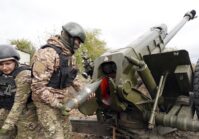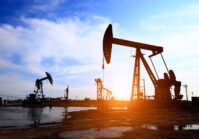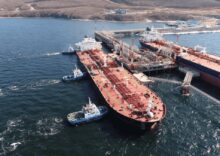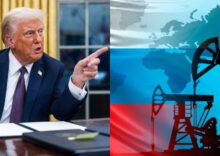The EU will spend more to purchase Russian raw materials and energy resources than on military aid to Ukraine.
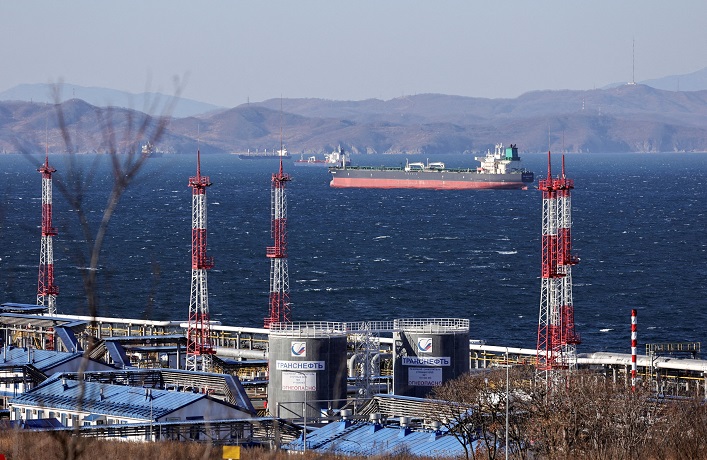

Despite the current 17 EU sanctions packages, in 2025 Russia is projected to receive about $233B from the export of raw materials and energy resources and more than $20B from EU countries alone.
“This is, for example, many times more than what Europe spends on military aid to Ukraine,” Bild says. The Kremlin generates income from the supply of coal, oil, LNG, and uranium.
China, Turkey, and India are the main buyers, but the EU also plays a significant role. In February of this year alone, the EU purchased gas, oil, and uranium from Russia worth over €2B. Sanctions do not hinder Russia’s key agreements: There are no restrictions on supplies to China, India, and Turkey, so the Kremlin still has the resources to continue its war.
Furthermore, ammonia continues to be supplied to Lithuania, which was able to stop using Russian gas three years ago. Over the past three years, the country has imported €157.3M worth of Russian ammonia. Between 2020 and 2025, from 91% to almost 100% of ammonia imported to Lithuania was produced in the Russian Federation.

